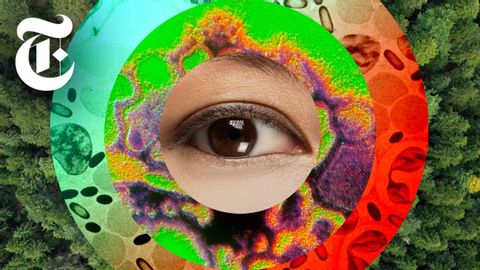How to Stop the Next Pandemic | Coronavirus News
joey joey が 2021 年 06 月 02 日 に投稿  この条件に一致する単語はありません
この条件に一致する単語はありませんUS /pænˈdɛmɪk/
・
UK /pæn'demɪk/
US /ˈɪnfrəˌstrʌktʃɚ/
・
UK /'ɪnfrəstrʌktʃə(r)/
- n. (u.)インフラ;社会基盤;組織基盤;IT基盤
- v.i.(ある方向へ)徐々に進む : 向かう
- v.t.世話をする : 面倒を見る
- v.t./i.~する傾向がある
US /ʌnˈprɛsɪˌdɛntɪd/
・
UK /ʌnˈpresɪdentɪd/
エネルギーを使用
すべての単語を解除
発音・解説・フィルター機能を解除

